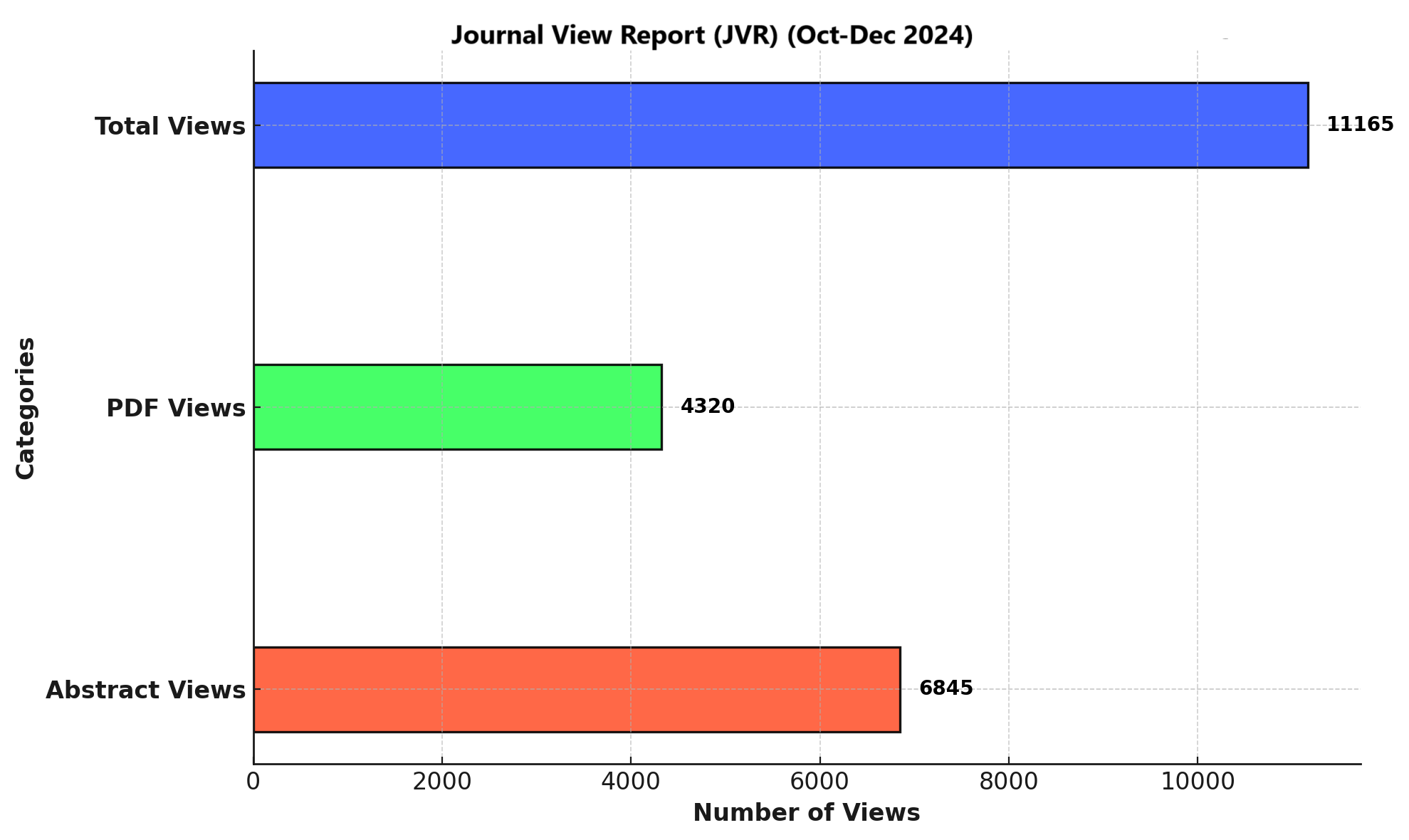RISK FACTORS FOR CARDIOPULMONARY COMPLICATIONS IN POST-SURGICAL PATIENTS
DOI:
https://doi.org/10.71000/1qckgs14Keywords:
Atelectasis, Cardiopulmonary Complications, Mechanical Ventilation, Perioperative Care, Postoperative Morbidity, Pulmonary Complications, Surgical RiskAbstract
Background: Cardiopulmonary complications significantly impact postoperative outcomes, increasing morbidity and mortality. Identifying risk factors associated with these complications is essential for improving perioperative management strategies.
Objective: This study aimed to evaluate patient-related and procedural risk factors contributing to postoperative cardiopulmonary complications in surgical patients managed in tertiary care hospitals.
Methods: A cross-sectional analytical study was conducted in tertiary care hospitals across Punjab province. A total of 357 patients undergoing major surgery under general anesthesia were included based on predefined inclusion and exclusion criteria. Data collection involved preoperative risk factors, intraoperative variables, and postoperative outcomes. Statistical analysis included chi-square tests for categorical variables and multivariate logistic regression to determine independent predictors of complications. Ethical approval was obtained from the Institutional Review Board, and informed consent was secured from all participants.
Results: The mean patient age was 58.4 ± 10.2 years, with 67.3% being male. Major risk factors identified included advanced age (OR 1.35, p=0.003), smoking history (OR 1.87, p<0.001), preoperative anemia (OR 1.62, p=0.001), prolonged surgery >180 minutes (OR 1.79, p<0.001), and mechanical ventilation >24 hours (OR 2.34, p<0.001). The most prevalent complications were atelectasis (24.6%), pneumonia (18.2%), and ARDS (7.9%). ICU admission was significantly associated with a higher complication rate.
Conclusion: Patient-specific and procedural risk factors contribute to postoperative cardiopulmonary complications. Early identification and targeted interventions, including preoperative optimization and intraoperative monitoring, can improve surgical outcomes. Future research should focus on prospective trials to validate these findings and assess preventive strategies.
Downloads
Published
Issue
Section
License
Copyright (c) 2025 Asjed Khan Jadoon, Mohammad Farooq Jan, Rashid Ali Daudpota, Saddam, Haris Khan, Maida Aslam, Muhammad Mobeen (Author)

This work is licensed under a Creative Commons Attribution-NonCommercial-NoDerivatives 4.0 International License.







